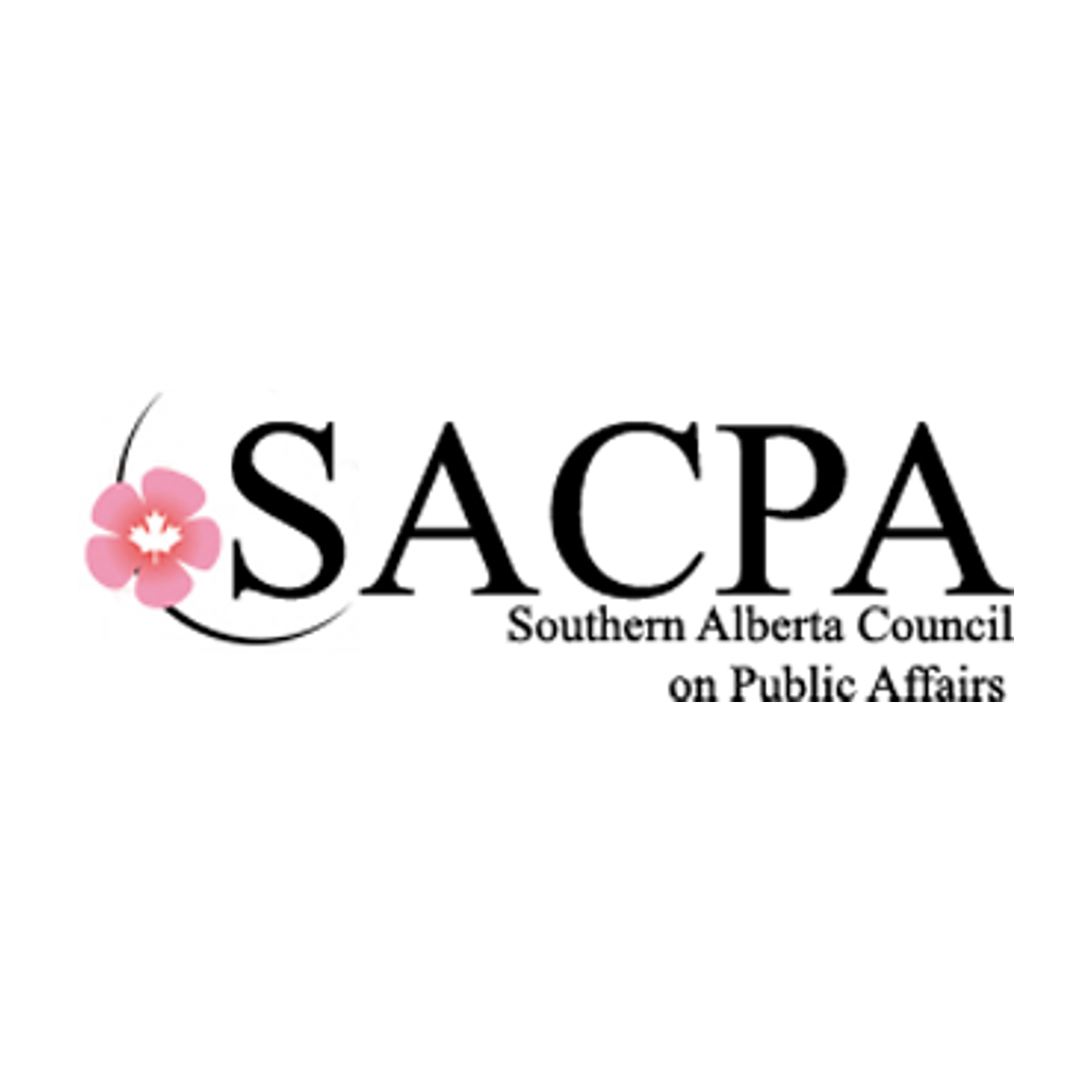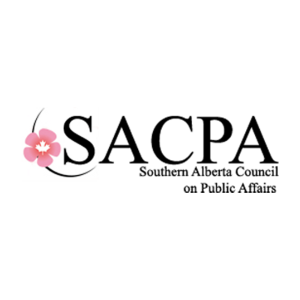
25.8K
Downloads
1378
Episodes
SACPA seeks to promote a sense of community and citizenship amongst the public. It is strictly non-partisan in its political outlook and encourages the expression of divergent viewpoints. SACPA does not take sides on the issues debated at its sessions. The opinions expressed by speakers are their own and are not necessarily shared by the Board of Directors.
Episodes

Tuesday Oct 11, 2022
Tuesday Oct 11, 2022
Treaty 7 is an agreement between the Canadian government and several, mainly Blackfoot, First Nation band governments in what is today Southern Alberta. The idea of developing treaties for Blackfoot lands was suggested to Blackfoot Chief Crowfoot in 1875. Negotiations were concluded two years later and on September 22, 1877, the agreement was signed at the present-day Siksika Nation reserve, east of Calgary. Chief Crowfoot was one of the signatories to Treaty 7. Another signing of this treaty occurred December 4, 1877 to accommodate other Blackfoot leaders who were not present at the primary September 1877 signing.
The Canadian government wanted the treaty to allow them to build the railroad across Canada, but the implications for the Indigenous people after the signing of Treaty 7 were mainly suffering and hardship. The buffalo disappeared rapidly and the promised support from Canada’s government to help transition the First Nations bands into an agricultural lifestyle did largely not happen. The speaker will argue that overall, the treaty did not have the positive impact for Indigenous Peoples that they initially believed it would. When comparing the difference in cultures during the treaty negotiations, it is likely the Indigenous population was misinformed/misguided by the settlers at the time, who strongly insisted that the treaty be a written document, not an oral agreement that Indigenous Peoples better understand.
Speaker: Dr. Mike Bruised Head (or in the Blackfoot language, Ninna Piksii)
Mike Bruised Head graduated from St Mary’s High school on the Blood Reserve in 1976. Received Bachelors of Arts Degree (BA) from University of Lethbridge in 1980. Served on Blood Tribe Chief and Council 1981 to 1983. Employed at the Saskatchewan Indian Federated College in 1984-85 as College Administrator. Executive Director of Sikoohkotoki Friendship Center from 1986 to 1994. Convocated in 1996 with a Bachelor of Education (B.Ed.) from U of L.
Employed by Kainai Board of Education as a high school teacher, vice principal and principle from 1996 to 2011. Obtained a Master’s Degree (MA) from Gonzaga University, Spokane, Washington (2003) in Administration and Supervision. Elected to Blood Tribe Chief and Council from 2011 to 2016. Formally created Kainai Ecosystems Protection Agency (KEPA) and served as chair for KEPA from 2012 to 2016.
Serves on the Oldman Watershed Council and participates on the Crown of the Continent Roundtable Leadership Committee and Crown Partners. Involved in Kainai ceremonies and cultural events. Speaks Blackfoot fluently. Presently serving as president of the University of Lethbridge Iniskim Indigenous Alumni Chapter and Chairman of the Kainai Board of Education. Defended his doctoral dissertation at the University of Lethbridge in Cultural, Social and Political Thought (CSPT) at a public presentation on June 20, 2022.

Comments (0)
To leave or reply to comments, please download free Podbean or
No Comments
To leave or reply to comments,
please download free Podbean App.